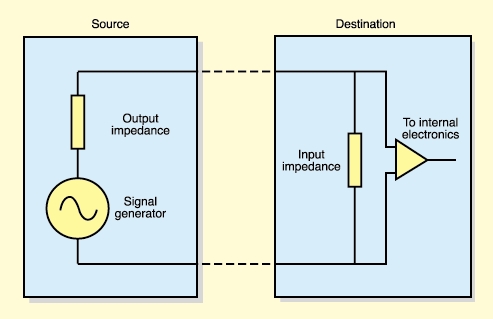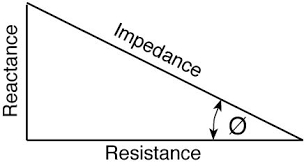What is actually meant by internal resistance and why it should be measured was the biggest question to be solved since the example of battery came up as battery just like other component is an electric circuit which has resistance and this resistance is known as internal resistance. By this it is clear that applying Ohm’s formula is way harder to get an answer then simply feeling the correct value for V, I or R into the formula.There is no need to find the internal resistance as it is indicated by measuring the potential difference across a battery and it is always less than EMF of the battery. Whenever there is a discussion over internal resistance there must be an example of battery as it is the suitable form and addressing example for this.

How internal resistance is measured?
There are so many examples and illustrations that are provided to explain how this internal resistance is measure especially taking battery as the base for almost every example as battery’s internal resistance is a measurement of the complex impedance and known as the Randles circuit model. In these models, each electrode redox reaction is a model with a resistor and a capacitor which represents the charge transfer resistance. For almost all of the cells, it is a supporting electrolyte that mainly ends up dominating the magnitude of the resistance. An EIS plot is run to measure internal resistance properly and to measure the complex impedance of the cell over the operating range of cell current. So there is a short concise method for obtaining current internal resistance for batteries and some of the electromagnetic cells by using the current interrupt method.
What is the impedance?
The impedance of electricity is the measure of the opposition that a circuit presents to a current when a voltage is applied as the impedance of the two-terminal circuit element is the ratio of the complex representation and in general, it depends upon the frequency of sinusoidal voltage. In most cases, impedance extends the concept of resistance for AC circuits and both the magnitude and phase which only possesses magnitude. Resistance and impedance are the same in units and are of complex numbers. Admittance is the reciprocal of impedance whose SI unit is siemens and it is also known as mho these are reciprocated by the method they having in the application.
